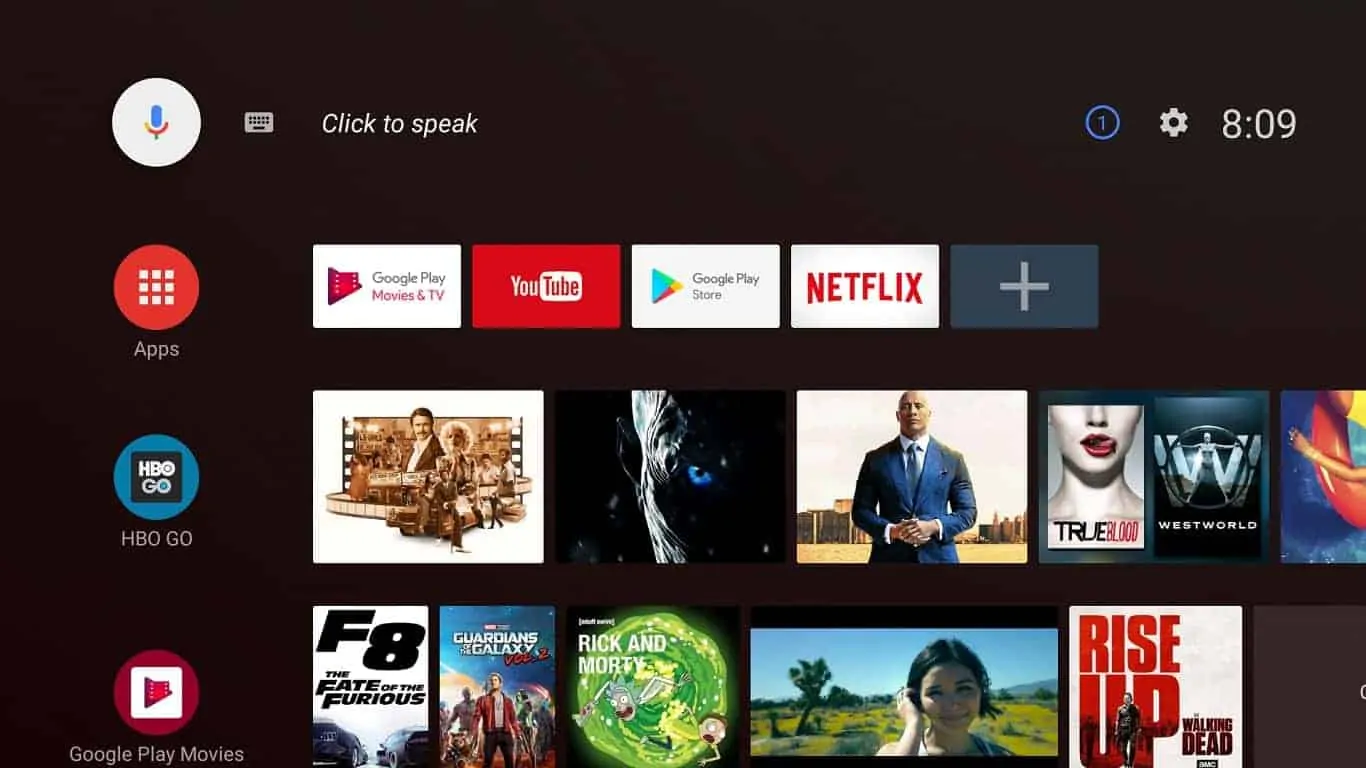Last week NVIDIA announced it was finally making Android 8.0 (Oreo) available to the NVIDIA SHIELD Android TV. A welcomed move by device owners, as like with most Android updates, they are always highly sought-after. However, things are already starting to seem different with Oreo, and it seems far less people are as keen to get this update than might be expected. One of the reasons for this is that it’s starting to look like Oreo is a bit of a problematic update. To recap, in spite of taking the time to make sure the Oreo update was ready for SHIELD owners, NVIDIA this week announced it was now halting the rollout due to some issues that have surfaced by the first batch of users. NVIDIA has not really provided any in-depth information on these issues and so it remains unclear what the issues are, how many issues there are, and how severe those issues are. Although, the very fact that NVIDIA has paused the update to fix the issues suggests that if nothing else, they are not completely trivial issues. Likewise, nor are they ones the company thinks are manageable while a patch rolls out with fixes. And this is interesting.
The first reason it is interesting is that NVIDIA specifically addressed this point when it first announced the update last week. Explaining that it had taken as long as it had to become available as NVIDIA wanted to “make sure the experience was snappy and enjoyable, with all the content you’d expect.” The clear suggestion being NVIDIA has taken its time with this update and not rushed it out just to get it out. It was a thought-out and ready update. Knowing NVIDIA, this is likely to be true as this is a company that has offered very good levels of support for its Android TV products and certainly better support than any other third-party company who also makes products for the platform. So when NVIDIA says the update is now ready, for the most part, it probably is. Of course, bugs and issues will always occur with major updates like this, and so some are to be expected, but when they are prevalent or important enough for NVIDIA to pull the update in lieu of fixes, it’s a statement in itself.
The second reason this is interesting is the Xiaomi Mi Box. It still remains unclear whether Oreo is actually available (on a large scale) or not for the Mi Box although recent reports do suggest that at least some people have now received the update. Either way, in spite of the limited number of confirmed Oreo users, there is already enough evidence to suggest there are issues with the Oreo update on the Mi Box. Plenty of users who say they have the update have also stated they have issues and ones that stretch across the user experience, suggesting the stability of the Oreo experience on the Mi Box might be hit or miss for most users. In fairness, this is unlikely to be that surprising as Android 7.0 (Nougat) on the Mi Box was a bit of a running punchline for the last year due to how many times it seemingly started and stopped rolling out to devices. Again, it is not even clear now whether Nougat is widely available, or whether Xiaomi has decided to skip N is favor of O. In either case, there is now history of Mi Box updates being not so good in terms of their stability and so it would stand to reason this is likely to continue with Oreo. While this in itself is a clear example of one of the key differences between the Xiaomi and NVIDIA rollout approaches, and although this is only two companies used for comparison, these two represent both extreme ends of the market and so far both seem to be experiencing Oreo-related issues. In NVIDIA’s case, enough to stop the update in its tracks.
So if there is actually an issue, what is the issue with Oreo? Well, that remains to be seen although it cannot be overlooked that Oreo is a dramatic update in the sense that it not only visually looks different, but significantly changes how users interact with the platform. As it’s now all about content and less about apps and this has had knock-on effects throughout the system with changes needed from the interface, through the settings, and even at the individual app level. Meaning there are many cogs in this new system and ones that all need to work in harmony to ensure a consistent and fluid user experience. In other words, maybe the issue is just Oreo. What makes it all the worse is that this does not bode well for the rest of the Android TV family as although it is doubtful a number of Android TV devices will ever see an update to Oreo, seeing the two main boxes encountering numerous issues already will not be something that is overlooked by other companies when they are deciding whether or not to update their devices to Oreo. It’s already clear an Oreo update requires more investment and development by device makers (compared to other updates) and the thought of having to deal with too many issues after the fact might be enough persuasion to keep those devices running on Nougat and Marshmallow, for now.

